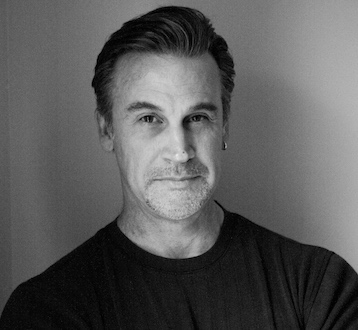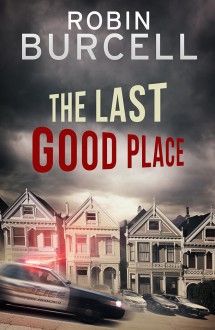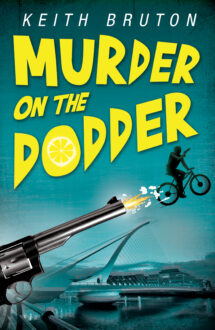
There’s an old saying that it’s easier to edit than it is to write, but I’m not sure I’m all in on that. Especially when you’re writing long form fiction.
A question that comes up often when I’m in a discussion about writing is “Do you edit as you go, or at the end?”
My answer: depends on the writer. I write my first draft longhand, using a pencil and a small notebook. This allows me to get ideas down fast. I just write it out, regardless of whatever errors may exist. And I usually write a chapter at a time. Then I transcribe the handwriting onto my laptop file, and that usually serves as my first edit. And I try to make that my only edit at the time.
I do believe in writing the entire story first, though. There’s time for a thorough edit once you’re done. Going back over the already written portion again and again bogs me down when I need to focus on going forward.
Sure, there are times when I print a section, or all, of the manuscript at some point and give it a read-through because I need to tighten up a timeline, or remember a specific sequence of events, and when I do this I can’t help but edit … a little. But I try to hold off on that until I’ve completed the novel. Once I have, I open up my “working copy” and edit extensively, using “track changes.” Sometimes, because I’m still old-fashioned, I’ll print the whole thing out and mark it up, which allows me to physically spread the book out and take a look at it from a “panoramic” view.
Phillip is the author of Outside the Law, coming February 1st from Brash Books


